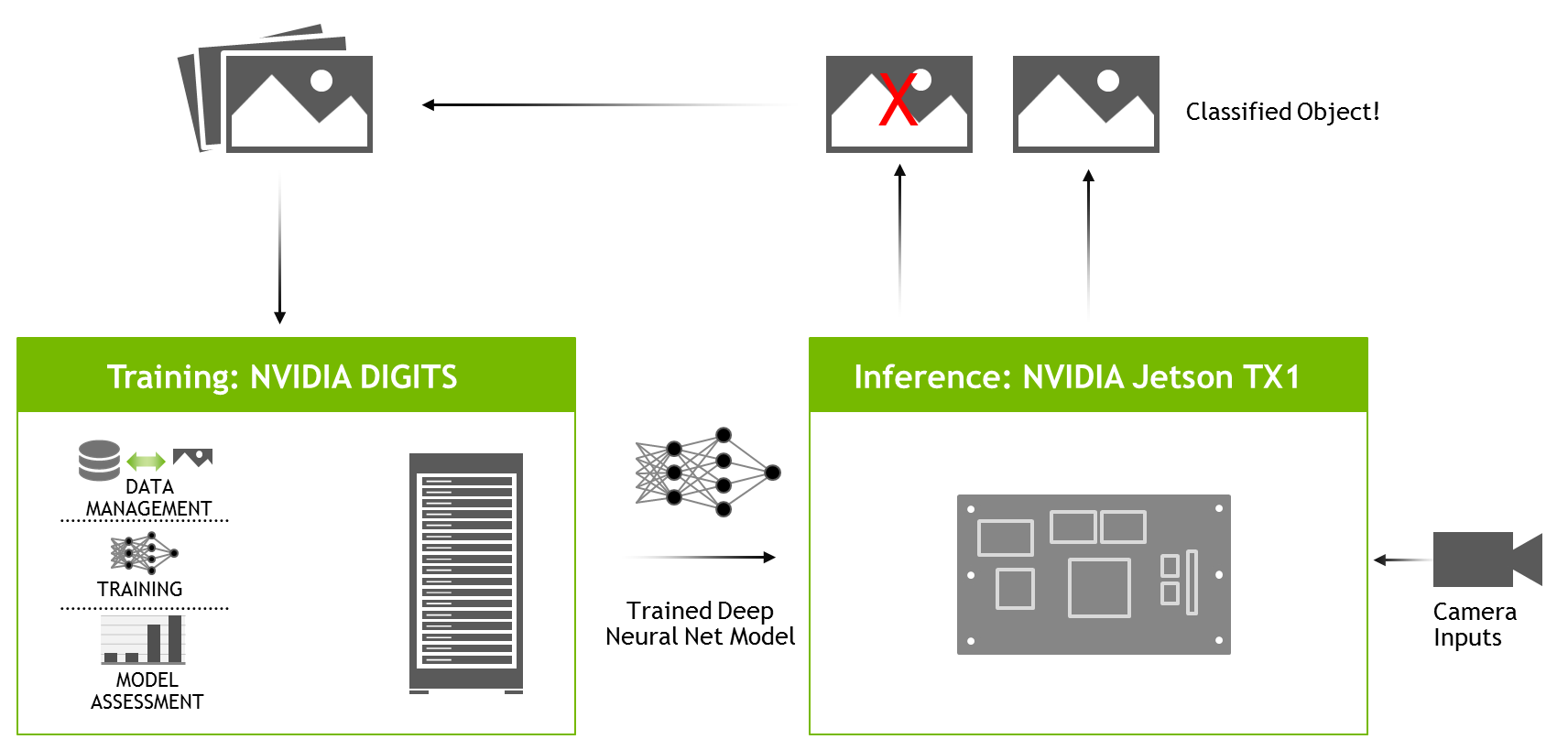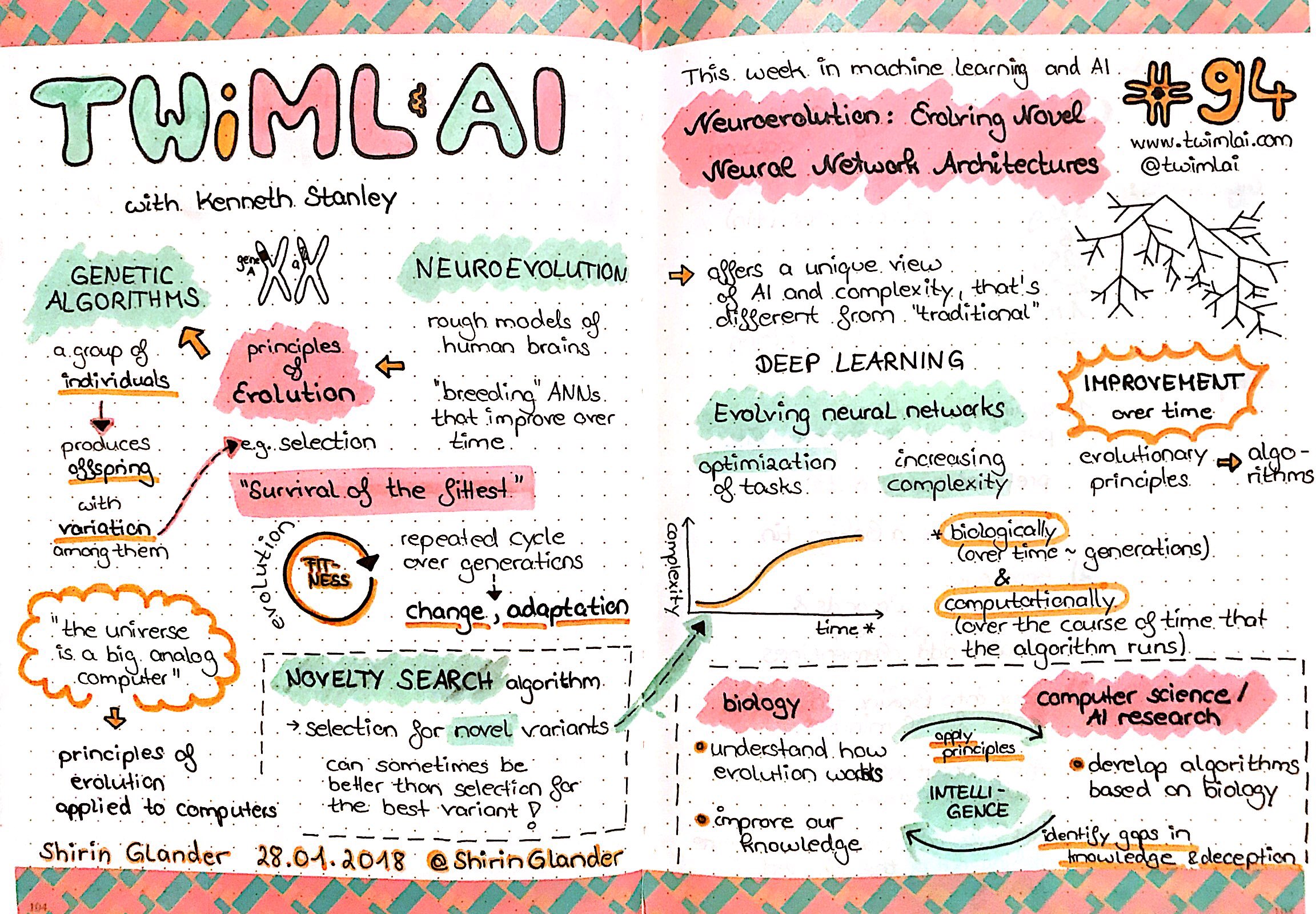
There are many reasons that humans distrust AI. These include Transparency, Ethics, and Bias. AI developers must address these concerns. A high level of trust is vital to ensure AI safety for all.
Humans don't trust AI
There are risks associated with the shift to artificial intelligence in society. AI and algorithms are not yet a part the "Us" mindset. As a result, they tend to trust their colleagues, peers, superiors, and corporate "tribes" more than they trust AI.
In a recent survey of 426 respondents, researchers found that a human expert's decision was more trustworthy than that of an AI. Researchers found that AI recommendations may not always be trusted by humans.

Ethics
The Ethics of AI is a growing area of concern. This field examines human–machine interaction, privacy and commercial behavior. The ethical implications of human-machine interaction are complex, but they are not unique to artificial intelligence. Recent advances in robotics and artificial intelligence have raised concerns about their use. How can we know if human-machine interaction has always been problematic?
Many authors have addressed ethical concerns surrounding AI. The future of artificial Intelligence may be challenging traditional ethical theories and approaches. It could also challenge our self-understanding of ourselves as the highest moral beings on the planet. The future of AI ethics is a fascinating and unpredictable one.
Transparency
Transparency within AI systems emphasizes agent's ability of to mediate actions. This transparency is essential for technologies that require human skill and fluent human actions. This transparency does not have to be limited to these technologies. Other technologies that integrate AI should be transparent too, such word processing software or computer-aided design (CAD).
Incorporating such practices in your AI strategy can help increase public support for your AI system. This will allow you to quickly identify and fix any algorithmic problems.

Bias in AI algorithms
AI algorithms are susceptible to implicit as well as explicit bias. Some algorithms are biased against specific data types while others might have an inherent bias. It is important for AI algorithms to be aware of potential biases and to eliminate them as quickly as possible. A test of an algorithm should be done using both real-world data and controlled settings to avoid bias.
Data limitations are an important source of bias. AI algorithms are more likely to be biased when there is less diversity in clinical datasets. AI algorithms can also be biased by how they are designed. These biases can lead to adverse clinical outcomes. Before implementing AI algorithms in clinical practice, clinicians and researchers should evaluate them carefully.
FAQ
Who is the current leader of the AI market?
Artificial Intelligence, also known as computer science, is the study of creating intelligent machines capable to perform tasks that normally require human intelligence.
There are many kinds of artificial intelligence technology available today. These include machine learning, neural networks and expert systems, genetic algorithms and fuzzy logic. Rule-based systems, case based reasoning, knowledge representation, ontology and ontology engine technologies.
There has been much debate over whether AI can understand human thoughts. However, recent advancements in deep learning have made it possible to create programs that can perform specific tasks very well.
Today, Google's DeepMind unit is one of the world's largest developers of AI software. It was founded in 2010 by Demis Hassabis, previously the head of neuroscience at University College London. DeepMind developed AlphaGo in 2014 to allow professional players to play Go.
What is the role of AI?
An artificial neural networks is made up many simple processors called neuron. Each neuron receives inputs form other neurons and uses mathematical operations to interpret them.
Layers are how neurons are organized. Each layer performs a different function. The first layer receives raw data like sounds, images, etc. These data are passed to the next layer. The next layer then processes them further. Finally, the output is produced by the final layer.
Each neuron is assigned a weighting value. This value gets multiplied by new input and then added to the sum weighted of all previous values. If the result is greater than zero, then the neuron fires. It sends a signal up the line, telling the next Neuron what to do.
This process continues until you reach the end of your network. Here are the final results.
Which industries use AI more?
The automotive industry is among the first adopters of AI. BMW AG employs AI to diagnose problems with cars, Ford Motor Company uses AI develop self-driving automobiles, and General Motors utilizes AI to power autonomous vehicles.
Other AI industries include insurance, banking, healthcare, retail and telecommunications.
Which countries are leading the AI market today and why?
China leads the global Artificial Intelligence market with more than $2 billion in revenue generated in 2018. China's AI industry is led by Baidu, Alibaba Group Holding Ltd., Tencent Holdings Ltd., Huawei Technologies Co. Ltd., and Xiaomi Technology Inc.
China's government is heavily involved in the development and deployment of AI. The Chinese government has established several research centres to enhance AI capabilities. These centers include the National Laboratory of Pattern Recognition and State Key Lab of Virtual Reality Technology and Systems.
Some of the largest companies in China include Baidu, Tencent and Tencent. All of these companies are currently working to develop their own AI solutions.
India is another country where significant progress has been made in the development of AI technology and related technologies. India's government is currently working to develop an AI ecosystem.
Statistics
- More than 70 percent of users claim they book trips on their phones, review travel tips, and research local landmarks and restaurants. (builtin.com)
- A 2021 Pew Research survey revealed that 37 percent of respondents who are more concerned than excited about AI had concerns including job loss, privacy, and AI's potential to “surpass human skills.” (builtin.com)
- In the first half of 2017, the company discovered and banned 300,000 terrorist-linked accounts, 95 percent of which were found by non-human, artificially intelligent machines. (builtin.com)
- While all of it is still what seems like a far way off, the future of this technology presents a Catch-22, able to solve the world's problems and likely to power all the A.I. systems on earth, but also incredibly dangerous in the wrong hands. (forbes.com)
- By using BrainBox AI, commercial buildings can reduce total energy costs by 25% and improves occupant comfort by 60%. (analyticsinsight.net)
External Links
How To
How to Setup Google Home
Google Home is an artificial intelligence-powered digital assistant. It uses sophisticated algorithms and natural language processing to answer your questions and perform tasks such as controlling smart home devices, playing music, making phone calls, and providing information about local places and things. With Google Assistant, you can do everything from search the web to set timers to create reminders and then have those reminders sent right to your phone.
Google Home seamlessly integrates with Android phones and iPhones. This allows you to interact directly with your Google Account from your mobile device. You can connect an iPhone or iPad over WiFi to a Google Home and take advantage of Apple Pay, Siri Shortcuts and other third-party apps optimized for Google Home.
Google Home offers many useful features like every Google product. It will also learn your routines, and it will remember what to do. It doesn't need to be told how to change the temperature, turn on lights, or play music when you wake up. Instead, you can simply say "Hey Google" and let it know what you'd like done.
These are the steps you need to follow in order to set up Google Home.
-
Turn on Google Home.
-
Hold the Action button in your Google Home.
-
The Setup Wizard appears.
-
Click Continue
-
Enter your email and password.
-
Click on Sign in
-
Google Home is now online